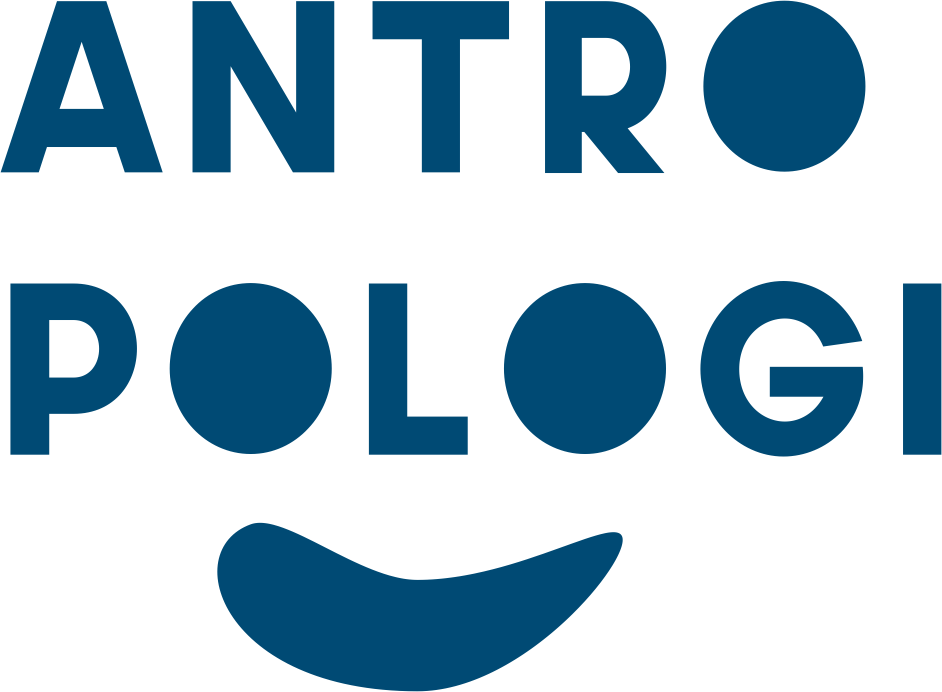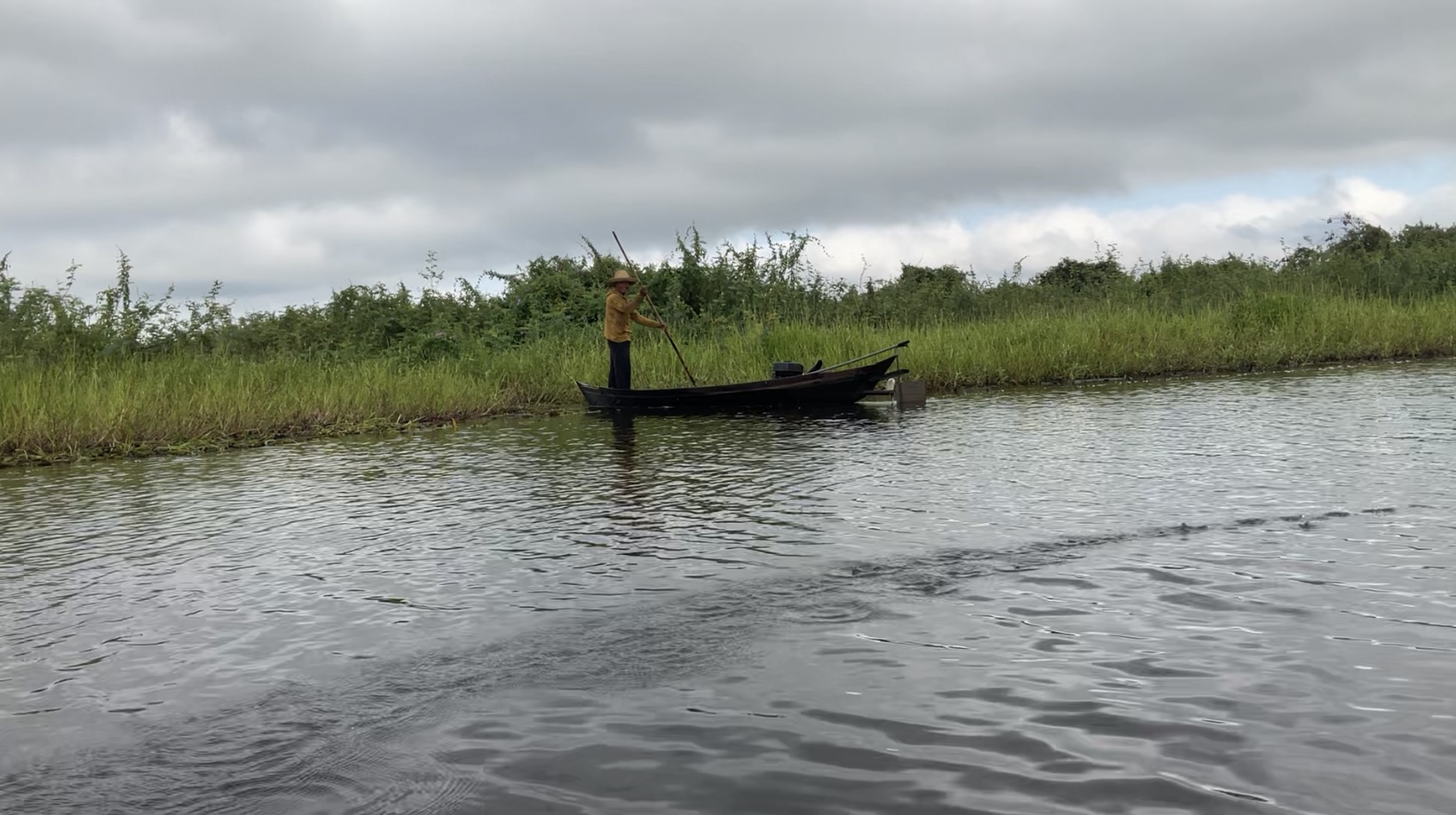Buffalo herding (hadangan) in the Jenamas wetlands, Central Kalimantan, is a practice that emerges from the consequences of a unique multispecies relationship. Herders and hadangan cooperate to manage the wetlands in an intensive and intimate manner. The herder leads the hadangan in the morning and returns with them to the kalang (animal enclosure) in the late afternoon. The hadangan in Jenamas are highly adapted and possess knowledge of the wetlands: they can swim, reproduce, and recognize materials in their environment.
Wet herding is carried out during the rainy season, when the buffalo are driven from the kelotok (a small boat) to feeding areas. Meanwhile, during the dry season, the hadangan roam and forage independently in the fields without being herded.
Both herders and hadangan are subjects who share knowledge within the wetland ecosystem. This exchange involves not only humans and buffalo but also various types of vegetation, abiotic elements, and other species. The interconnected ecology of the wetlands makes them a dynamic living space, continuously reshaped over time.
Using a more-than-human framework, our study seeks to further explore how these interspecies relationships generate social-ecological ties, symbolic meanings, kinship, and economic distribution within the wetland landscape. This research was conducted over one and a half months and was fully funded by the Research Budget Allocation (RKAT) of the Department of Anthropology, Faculty of Cultural Sciences, Universitas Gadjah Mada.
Author: Ruli Andriansah


